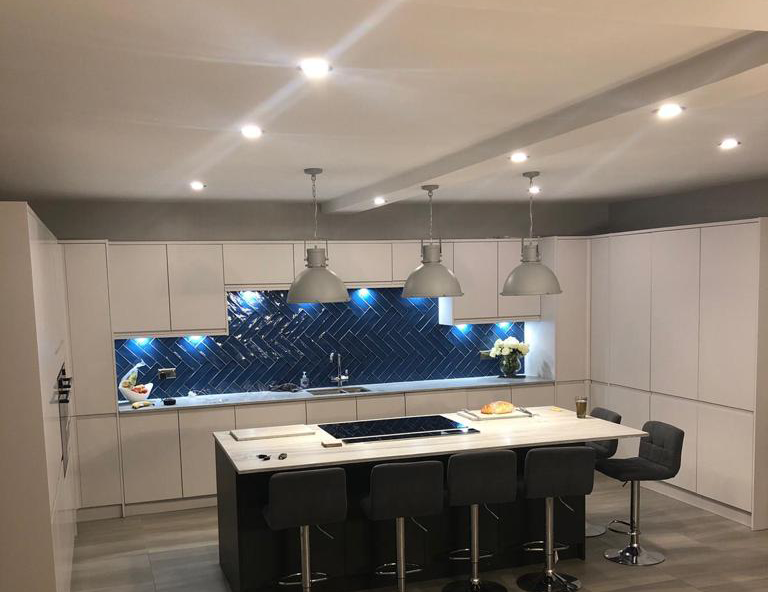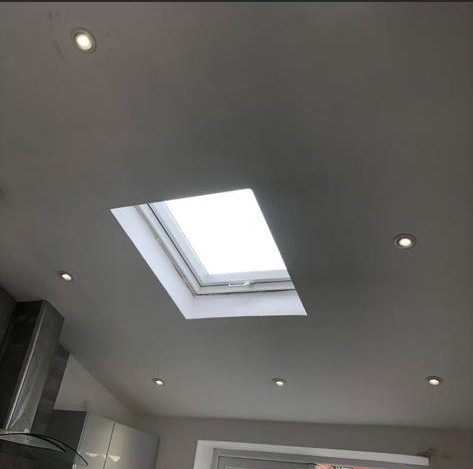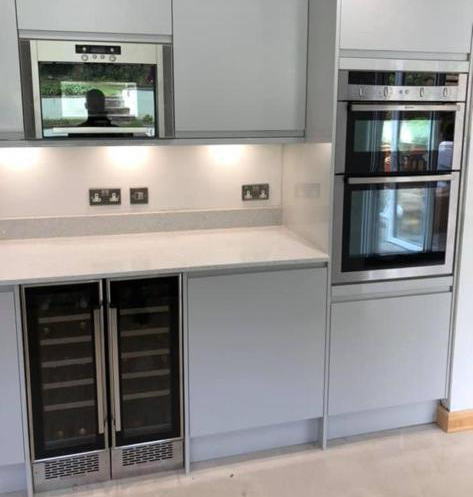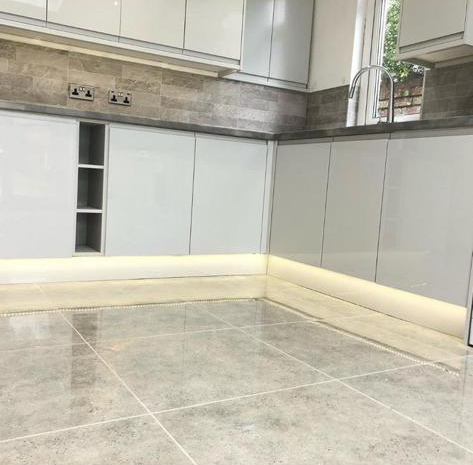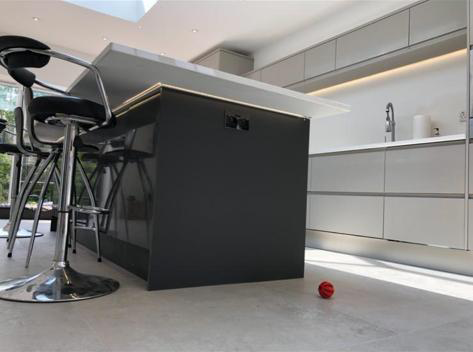The kitchen is one of the most important rooms in your home. When creating lighting designs for this space, you should consider a. number of factors to get the most out of your space.
There are three main types of lighting: task, ambient, and accent. Ambient light is your main source of light, and you should cast as much of it as you can from the ceiling. You can use chandeliers, flush mounts, pendant lights, and recessed lighting. Task lighting fills in where ambient lighting falls short.
It illuminates areas such as the cabinetry and work surfaces, allowing you to read recipes and spot ingredients easily. You can use strip lights or puck lights. Accent lighting is just but the icing on the cake. It is not necessary, but it helps make your kitchen more aesthetically pleasing.
When designing your kitchens lighting layout, you should focus on areas such as the island, under the cabinets, floors, etc.
Under-cabinet lights add a luxury element to your kitchen. You can use different bulbs to do this, but the trick is to hide the lights behind the edge of the cabinets so that you see the light and not the fixture. Puck lights are an excellent option for under-cabinet lighting because they illuminate as small spots of lights. For the interior, strip lights are more suitable, especially for the lower cabinets that don’t get any ambient lighting.
The function of your island determines which kind of lighting you use. If it is a workspace or cooktop, you can combine recessed down-lighting with hanging lights for maximum illumination. If it is a dining area, tone things down and use simple pendants lights. How the lights are positioned varies depending on your island’s size and the number of pendants you use. We can help you design and install kitchen lights for your specific floor plan.

